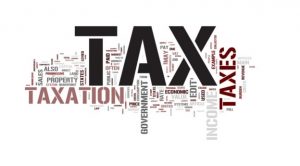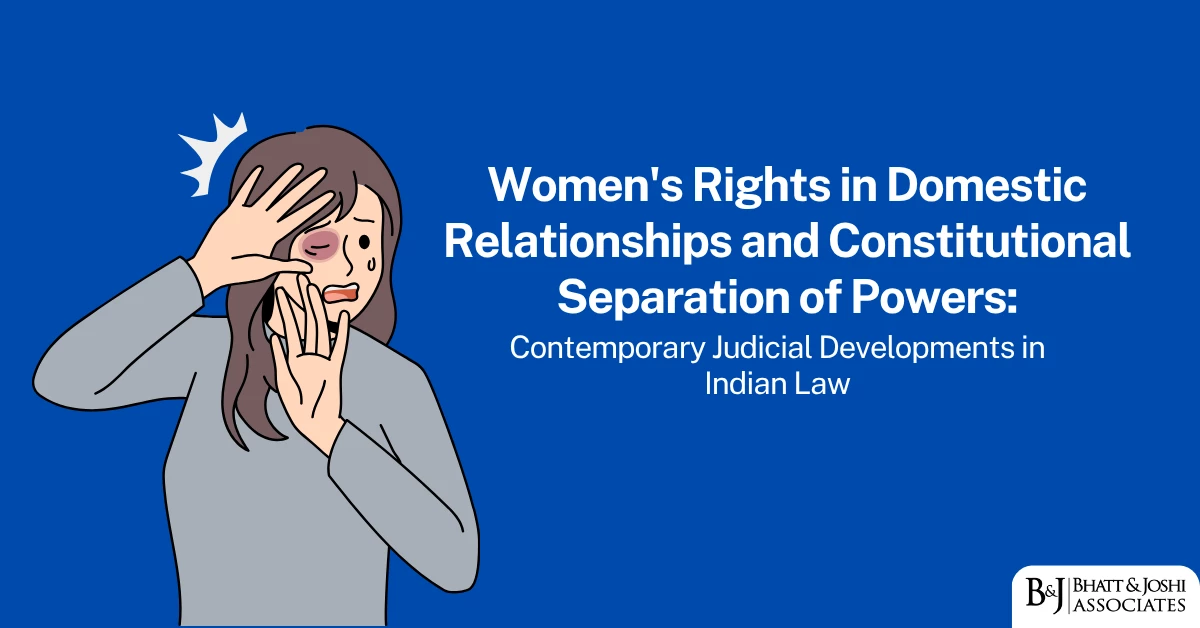
Tax is an obligatory fee or a charge collected by the government to carry out the public facilities and services. The idea of taxation is not a newly emerged notion in India but rather it has been treated as a systematic concept prevailing since 2300 years. The concept of taxation is being polished and amended over the time as per the changing scenario and economic circumstances in India.
Description of taxation in one of the oldest scriptures like Manusmriti and Arthashastra (2nd BCE – 3rd BCE) clearly acknowledges the structured taxation system India has been following since ages. Each tax was unique, according to Arthasastra, and there was minimal room for unfairness. Tax collectors set the agenda for each transaction, with the timing, method, and amount all predefined. The concept of Indian taxation has always been based on the public welfare approach and justice. Ancient sage Manu suggested that taxation should be based on the individual’s revenue and spending. He warned the emperor, nevertheless, regarding overtaxation stating that both excesses; the absolute omission of taxation or extravagant taxation, should be opposed. The ruler must set up revenue collection in a method that the people do not feel pressured to submit federal levies. Merchants and craftsmen were required to reimburse 1/5th of their earnings in precious metals, while farmers were obligated to contribute 1/6th, 1/8th, and 1/10th of their output, according to their conditions. Earlier, taxes were also paid in the form of goods like food grains, raw material, domestic products and animals. Concept of taxation widened mostly during the Mauryan empire. Most of the income made by the state was in the form of land revenue during this age. Along with certain parts of the harvest, taxes like tolls, customs and charges for using water were also levied. Changes in the taxation system took place after the increase in import-export activities. ‘Varthanam’ and ‘Dvarodaya’ in the form of import duty were collected. taxes were proportionate to variable income rather than being cumulative. In comparison to the less privileged, the wealthy had to incur greater taxes. People with illnesses, minors, and learners were excused from paying taxes or provided appropriate complete remission which signifies the just and welfare intended taxation system which can be said as progressive approach for taxation. Progressive taxation is meant to redistribute money more fairly in a community and to function as an effective fiscal stabilizer to buffer the influence of economic fluctuations, in order to support an administration’s functions.
Government incurred heavy losses in the Military Mutiny of 1857 and thus Sir James Wilson reintroduced ‘tax’ in 1860 in India in order to cover the losses. In 1886, ‘Indian Income Tax Act’ was passed which taxed four sectors differently named; a)Salaries, pensions,gratuities b) Interests on the government securities of India c) Net profits of private firms d) other means of income. The Income Tax act of 1922 took the place of Income Tax Act 1981. Specific functions and roles were assigned to different authorities under the purview of the Income Tax Department. This Act was brought into the light in front of the Law Commission as the act got too complicated after numerous amendments over the time which increased the cases of tax evasion. After the revision and rectification by the Ministry of Law, Income Tax Act 1961 was brought into the force(April 1962) which also covered Jammu and Kashmir. Later in 1963, Under the auspices of the Central Board of Revenue Act, 1963, the Central Board of Revenue separated and established a different Board for Direct Taxes known as the Central Board of Direct Taxes.
India now has a three-tiered tax system. Both the federal government and the state governments have the authority to levy taxes. Local government authorities, like municipal corporations and gram panchayats, can transfer taxes to the state government. Earlier, the Indian taxation system was complex due to its wider spectrum of property tax, gift tax, income tax, excise duty, sales tax, custom duty, VAT etc but after the introduction of GST (Goods and Service Tax), the taxation in India became simpler as everything was covered under one umbrella; One nation, one Tax. GST made it easier to manage the taxation system.
The Indian Taxation system has gone through major alteration over the time in order to meet the changing economic situation but it has upheld it’s approach of progressive taxation in the service for public welfare.
Written By: Adv. Dhrutika Barad











